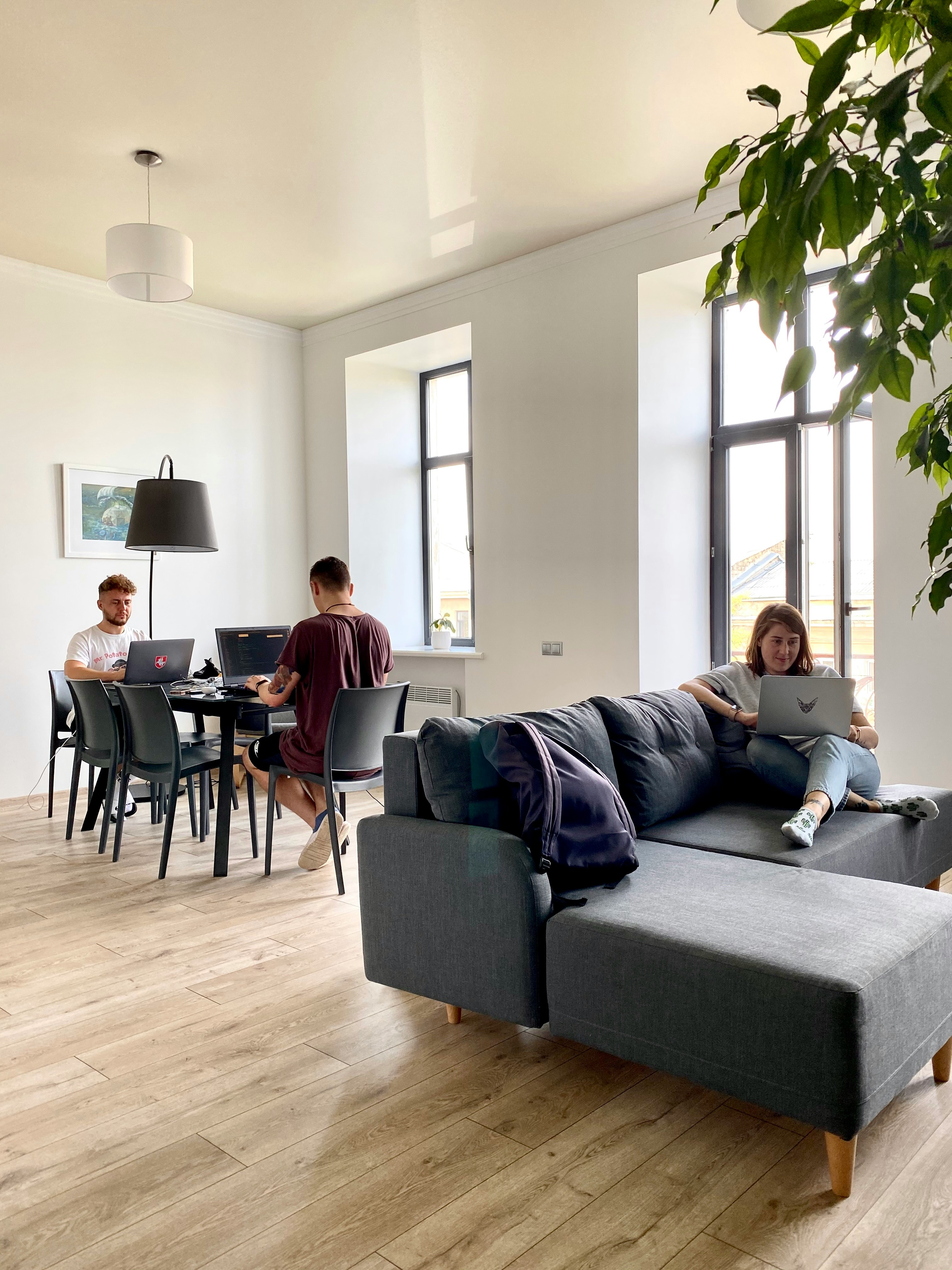Index
Receive our newsletter
Seville is a city located in southern Spain, in the Andalusia region. It is the fourth largest city in Spain and is famous for its stunning historic architecture, delicious food and lively nightlife. For this reason, we show you some of the best places in Seville, how to get there or how to get around the city by public transport so that you don't miss anything during your experience as a student or young professional in the Andalusian capital.
How to get to Seville?
Seville has an airport, the Seville - San Pablo Airport. This is located just 10 kilometers from the city and has excellent public transport connections. We tell you how to get from Seville airport to the city center.

Bus: The most convenient option is to take the EA (Special Airport) service bus, which has a frequency of 15-20 minutes and takes around 35 minutes to reach the city center. Tickets can be purchased from vending machines at the bus stop or on the bus itself, and cost around 4 euros each way.

Taxi: Another option to get from the airport to the center, in addition to the bus, is the taxi. If you arrive tired or with too much luggage to carry, the taxi is a great option to get to the door of your accommodation. The journey takes about 15 or 20 minutes, depending on traffic. The rate applied for this route is a fixed rate of 22.20 euros from Monday to Friday during daylight hours. On Saturdays, Sundays and holidays, and Monday to Friday from 9 p.m. to 7 a.m. it costs 24.75 euros.
Living in Seville
What is the cost of living in Seville?
The average price of a room in a shared apartment in Seville is about 400 euros per month. If you want to go out to eat in the city, a complete menu will cost you around 14 euros. Furthermore, it is normal for you to spend around 30 euros per month on public transport. The rest of the expenses will depend on your needs, your social life and what you yourself decide or not to spend. You can use some websites like Expatistan to consult this type of information about prices in Seville.
What are the best neighborhoods in Seville?
With Lodgerin you can find accommodation in any of the most recommended neighborhoods. Here are some of them:
How to move around Seville?
There are different options that you can use to get around Seville by public transport during your stay in the city:
Metro: Seville has only one metro line. This line connects different parts of the city and, although it is a single line, it is divided into three sections. Also there is a tram line that connects Plaza Nueva with the San Bernardo neighborhood.
Bus: It is another great option to get around the Andalusian city. Seville's urban bus service covers practically all areas of the city through its different lines. Bus tickets can be obtained at places such as kiosks and tobacconists, as well as at vending machines located at stops.
Cercanías train: To get around the areas farther from the city center, there is a Cercanías train service. These trains connect the outskirts with the city center and operate from 5am to 00:00.
An alternative is Sevici, Seville's public bicycle service. During your experience as a student or young professional in the Andalusian city, you can use the long-term subscription, which will allow you to use the bicycles for an entire year for an annual price of 33.33 euros.
Of course, as always you can use some applications, such as Google Maps or Moovit to get around Seville better.
What are the best universities in Seville?
Seville has different universities and is increasingly fashionable as an Erasmus destination among European students. In addition, it is also in the process of expansion and growth, a great opportunity for young professionals. Some of the best universities in Seville are the following:

University of Seville
It is a public university and one of the oldest universities in Spain. It offers a wide variety of options to carry out both undergraduate and postgraduate studies in different areas, both health sciences, engineering, social sciences and humanities.

Pablo de Olavide University
It is another of the public universities of Seville. You can get to this university from the center of Seville by bus, metro line 1 or in your private vehicle in less than 20 minutes.

Loyola University
This is a private university that has three different campuses in Andalusia, one of them located in the Sevillian town of Dos Hermanas.

CEU San Pablo Andalucía University
It is a private university based in Bormujos, about 10 kilometers from the capital of Seville. It offers programs in various areas of knowledge, including social sciences, humanities, law, health sciences and engineering.
Tourism in Seville
What are the best parks in Seville?
Seville has several popular parks due to their great attraction, both for tourists and locals. Some of the most famous parks in the city are, of course, the Parque de María Luisa, the Parque del Alamillo or the Parque de los Príncipes, among others.
María Luisa Park is undoubtedly the most famous in the entire city, and also one of the largest. We are sure that its incredible gardens, fountains and monuments will leave you impressed. In addition, the Archaeological Museum of Seville is located within the park.
On the other hand, both the Parque del Alamillo and the Parque de los Príncipes have two huge lakes and different green areas, even a picnic area, perfect for enjoying your afternoons as a student or young professional in Seville.
What monuments and historical sites does Seville have?
We have no doubt that Sevillian culture and architecture will leave you speechless. We show you some of the monuments and historical sites of Seville that you cannot miss during your stay as a student or young professional in the Andalusian city.

Seville Cathedral
It is the third largest cathedral in the world and its bell tower, known as the Giralda, is one of the city's icons.

Plaza de España
It is one of the most spectacular places in Seville and, therefore, also one of the most touristy. This square has a canal that can be explored by boat, and ceramic murals that represent each of the different provinces of Spain.

El Palacio Real
For many years, it was the residence of the kings of Spain, although, at present, they reside in the Zarzuela Palace. It is located at the back of the Plaza de Oriente and is the largest palace in Western Europe.

Triana Bridge
The most famous bridge in Seville. It crosses the Guadalquivir River, from the city to the Triana neighborhood.

Torre del Oro
It is another of the most famous symbols of the city of Seville and, although it was once a defensive tower, it currently houses a naval museum.
What museums are there in Seville?
There is no doubt that Seville is one of the cities in Spain with one of the most marked and popular cultures. Some of the museums that you can visit in the city are the Museum of Fine Arts, the Andalusian Center of Contemporary Art, the Triana Ceramics Museum or the Flamenco Dance Museum, among others.
Leisure in Seville
What is the nightlife like in Seville?
Seville is a city with an incredible nightlife. If you come from outside Spain, even just from outside Andalusia, you will be surprised to discover its great festive atmosphere and, of course, very flamenco, which is part of the culture of the city and its people. Seville's nightlife offers a very wide and varied offer:

The historic city center
The historic city center is full of bars where you will always find a great atmosphere. In addition, the area of Alameda de Hércules and Calle Feria are some of the most popular places among young people in the city, they are full of bars and pubs to enjoy the Sevillian night. In many of them you can enjoy live music shows in a relaxed atmosphere.In addition, in this area you can also find some clubs with more festive atmospheres to dance until the wee hours of the morning.

Betis street (Triana)
Another area where you can also enjoy the nightlife of the Andalusian city is Betis street, located in the traditional neighborhood of Triana. This street has views of the Guadalquivir River, so the bars and clubs located here are more exclusive and have higher prices.

Feria de Abril
Finally, we cannot forget to mention the famous Feria de Abril. If your experience as a student or young professional in Seville coincides with the month of April, it is clear that you will not be able to miss the fair. It is a traditional Andalusian festival, where you can see the impressive flamenco costumes, try the rebujito, typical of Seville, and dance flamenco, or try it, in the different booths of the fairgrounds, whose closest metro stop is Blas Infante.
Where to go shopping in Seville?
Seville is the fourth most important city in Spain and has important commercial areas. If you want to go shopping in the Andalusian capital, you can choose between different options.
Of course, in the downtown area of the city you can find different types of businesses, from well-known brands and brands to local stores. Sierpes Street and Tetuán Street are two of the streets where you can find more shops.
Furthermore, if what you want is to go shopping to discover more curious, artisanal and traditional products, the neighborhoods of Triana and Santa Cruz are great options. Among the narrow streets of these neighborhoods you can find ceramic and craft shops, clothing and accessories, and also food shops, with fresh local products. We especially recommend Mateos Gago Street, in the Santa Cruz neighborhood.
Another option for shopping in Seville is the Nervión Shopping Center, made up of several floors with different types of businesses, clothing stores and restaurants, as well as several movie theaters.




.jpg)
.jpg)
.jpg)







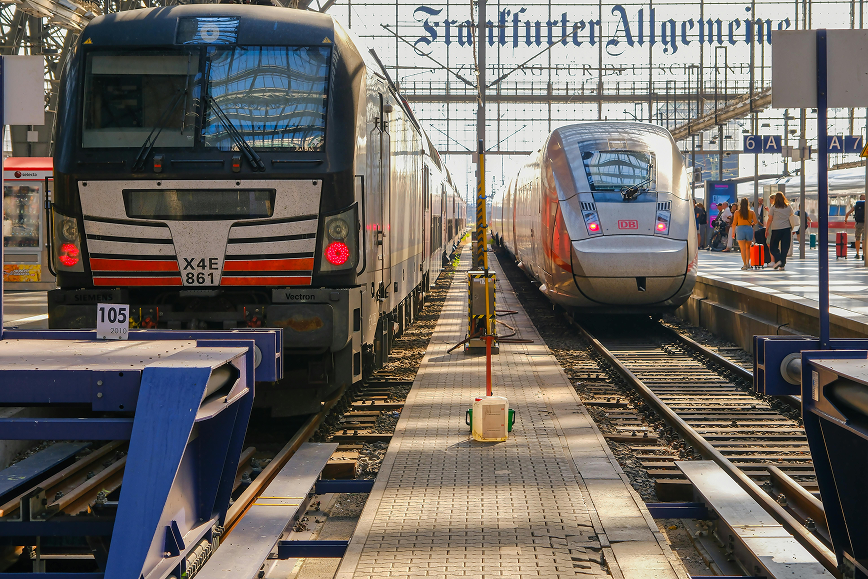



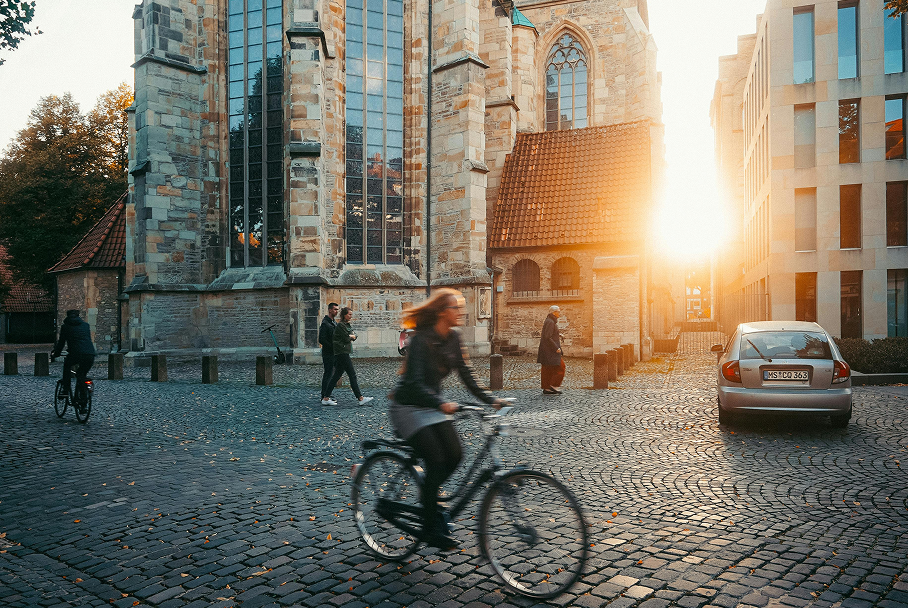




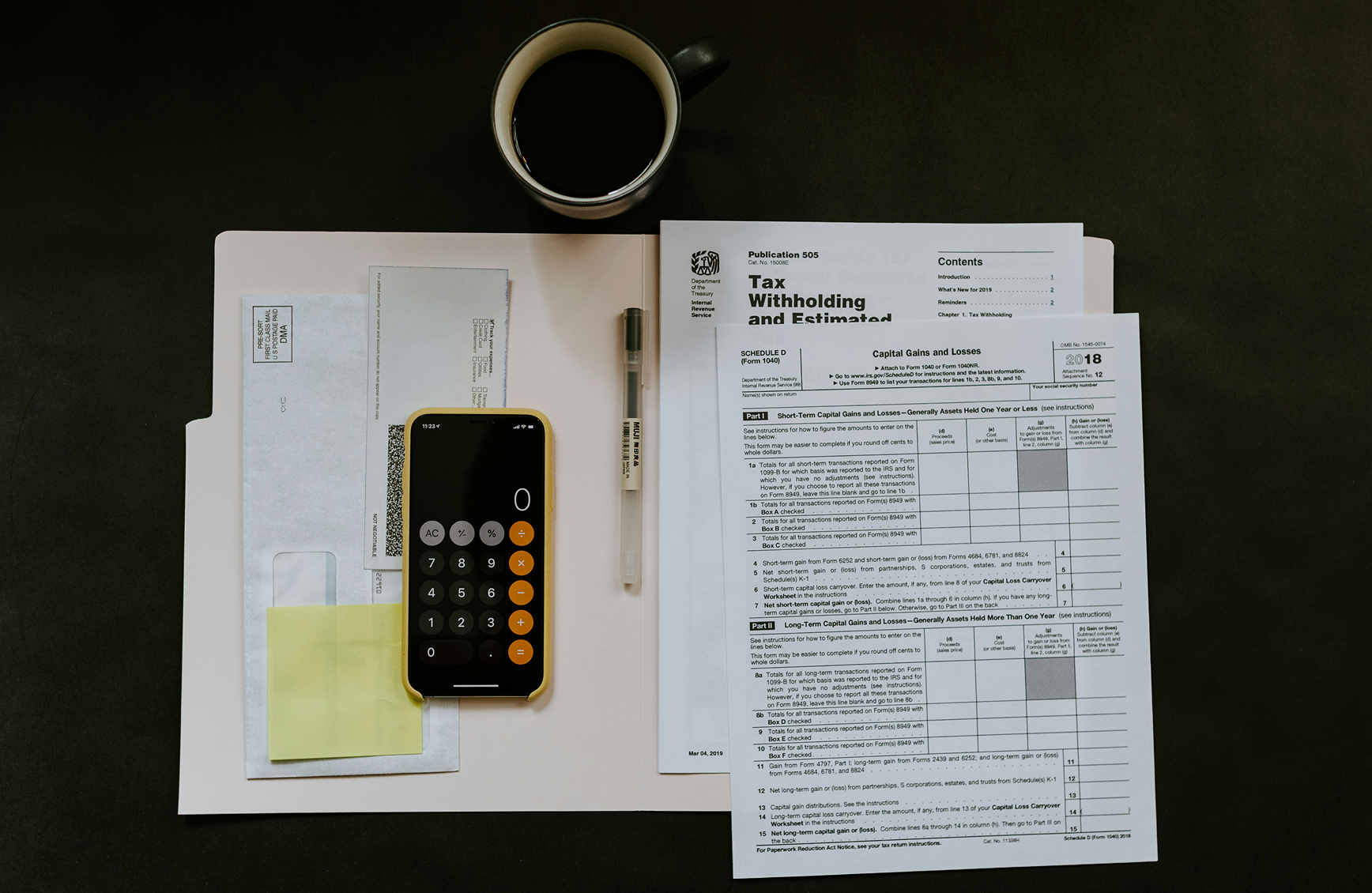


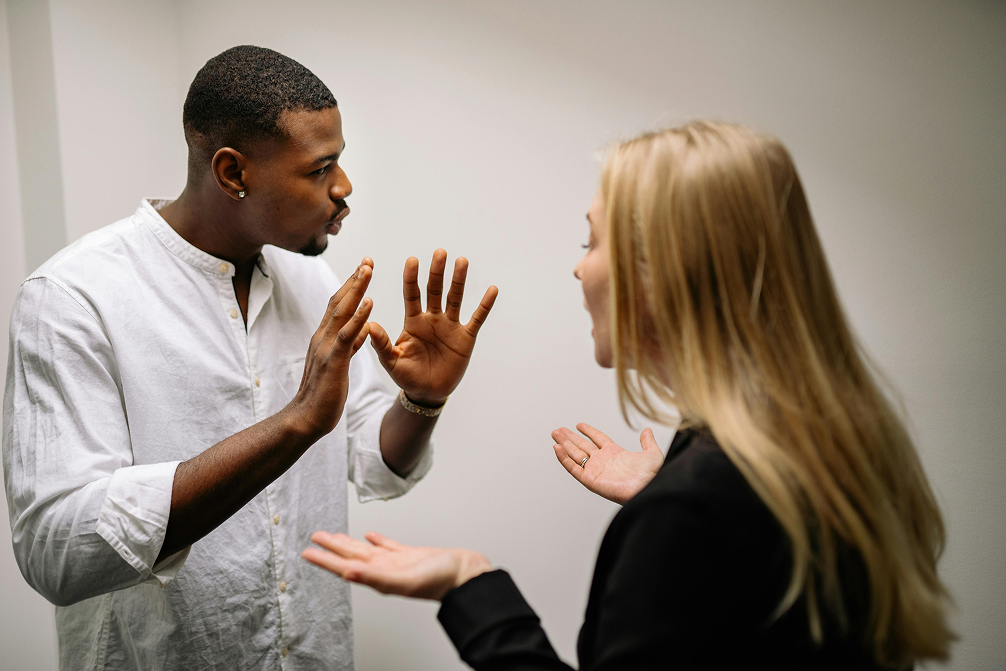



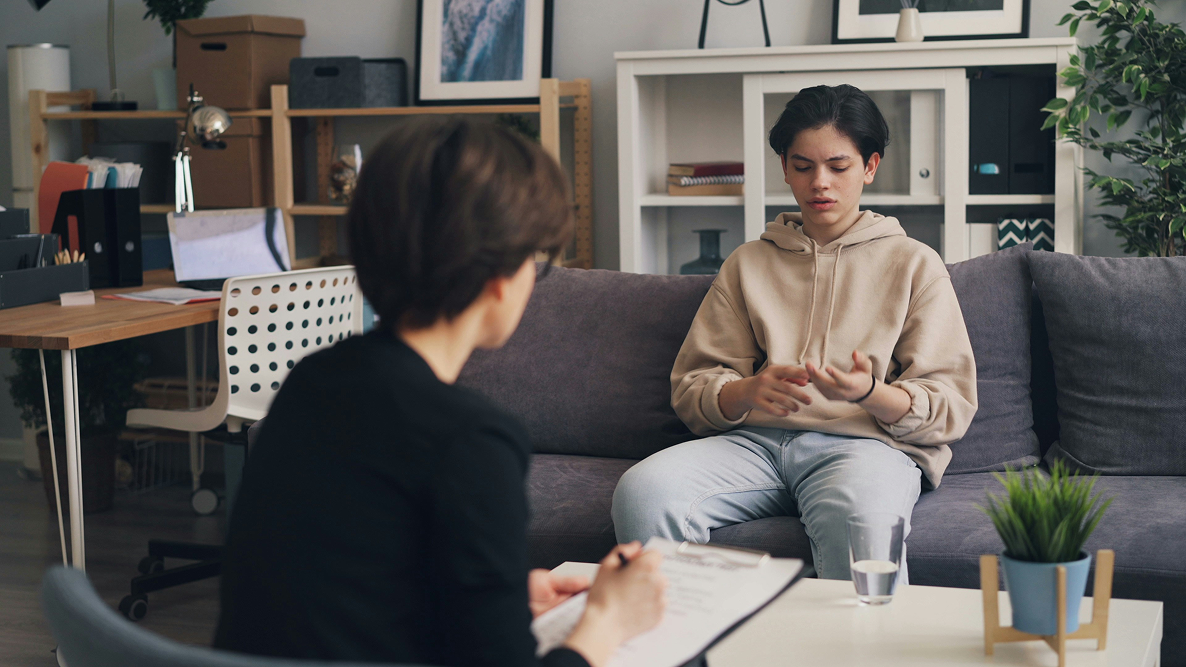


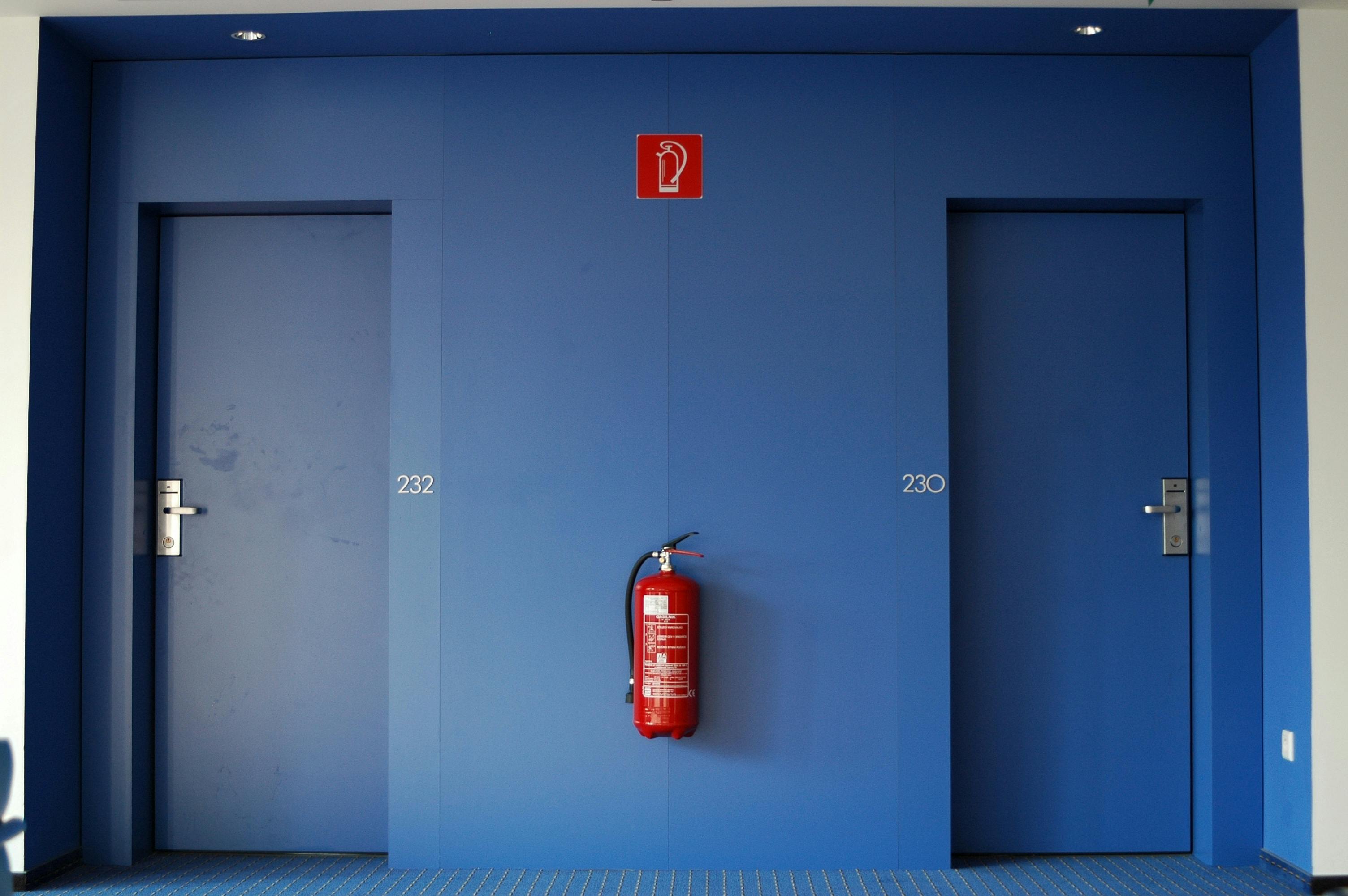
.JPG)
